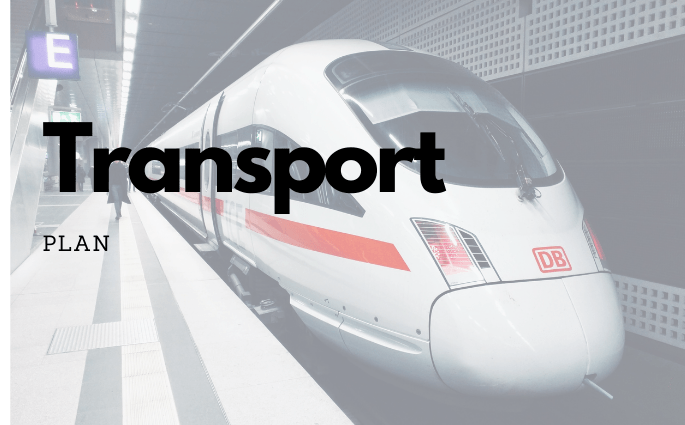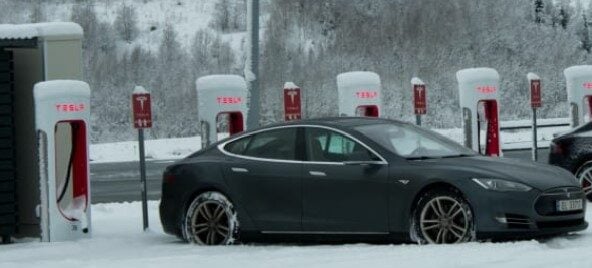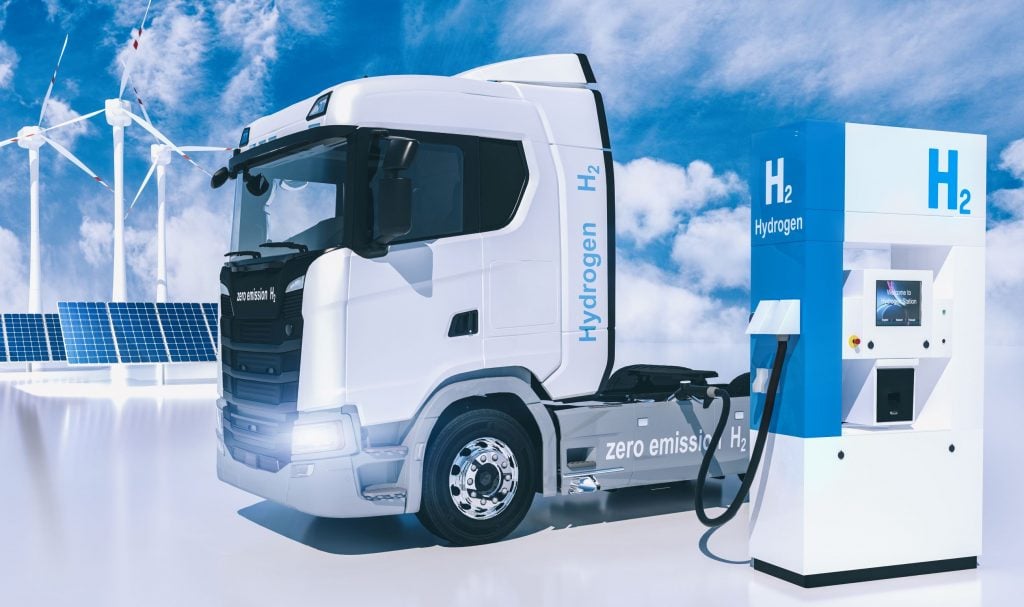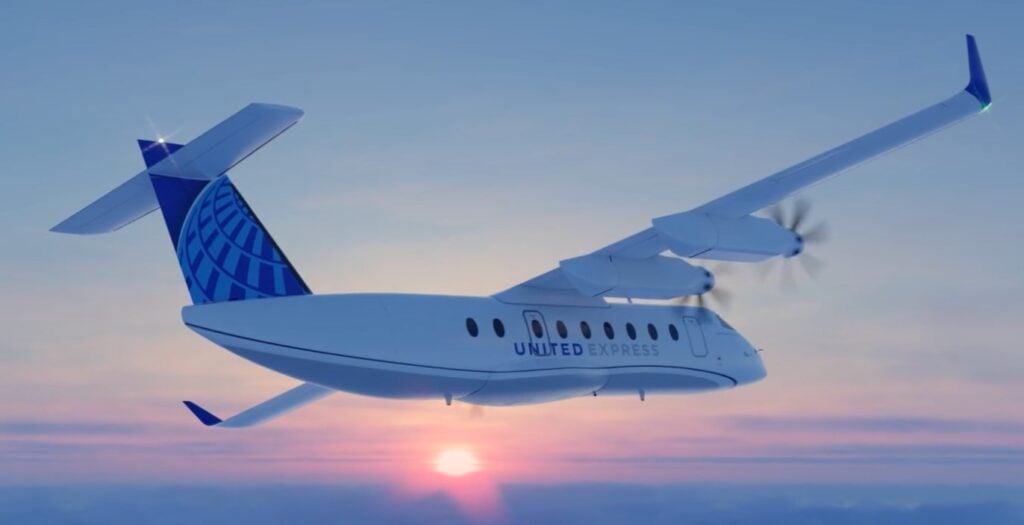The transport sector is the second-largest source of greenhouse emissions in Australia. Despite this Australia has no vehicle emissions standards, some of the lowest fuel taxes in the OECD. Australia still subsidises diesel fuel usage by $7.8 billion per annum.
Australia’s current transport system is highly dependent on the continued importation of fossil fuels and imported vehicles. Any significant disruption to that supply would threaten the production and delivery of all products including essential supplies of food.
Road fatalities remain a leading cause of accidental death with over 1,100 Australians killed in 2020.
One hundred and twenty years after federation driver’s license and vehicle registration taxation remain fragmented across Australia. Unifying these systems at the federal level would benefit all Australians. Both of these taxes are flat and should be replaced by taxes on actual vehicle usage.
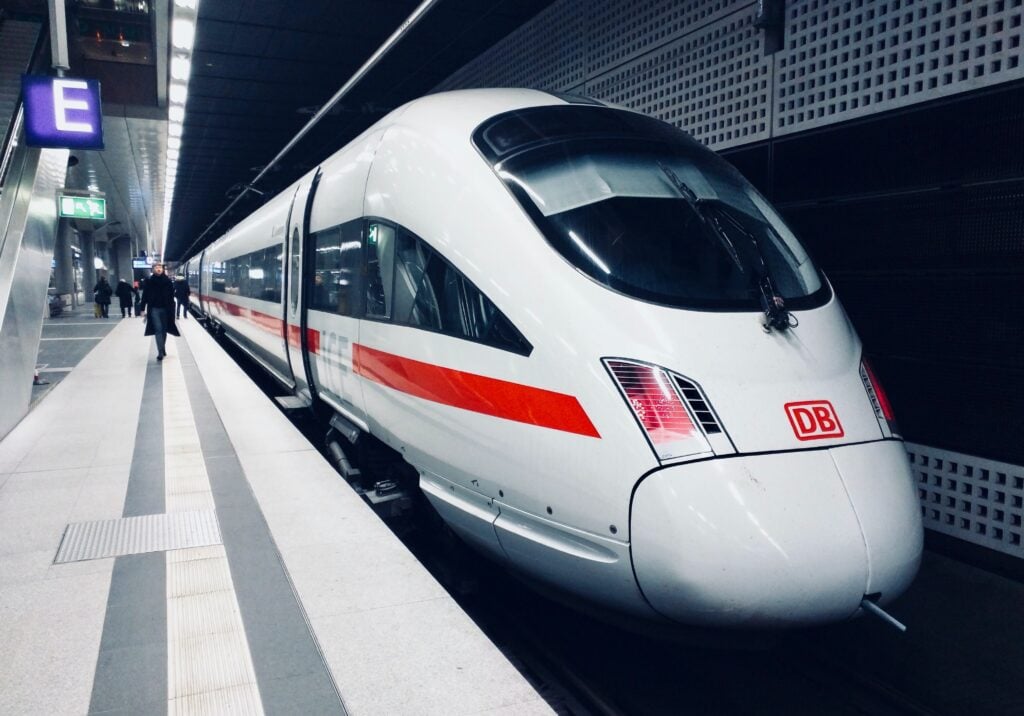

Our plan
- Rail not road – invest much more in passenger and freight rail systems
- More public transport – Public transit systems, dedicated transit lanes, electric buses, elevated trains and trams
- Active Transport – At least 5% of transport spending should be assigned to active transport such as bike and foot paths.
- Fast inter-city trains – Short high-volume inter-city fast rail links such as Melbourne-Geelong or Sydney-Newcastle
- Electric vehicles – Align Australia’s vehicle emission standards with Europe to drive the transformation to electric transport
- Electric aircraft – Support and encourage electric-hybrid aircraft
- Improve fuel security – Boost Australia’s reserves, consider bio-fuel and synthetic fuels
- Vehicle safety and efficiency
- Shipping and keeping our ports
- Usage charges to replace flat licenses and registration
- Free Australian licenses!
- Free Australian vehicle registration!
- Third party insurance – A simplified national scheme
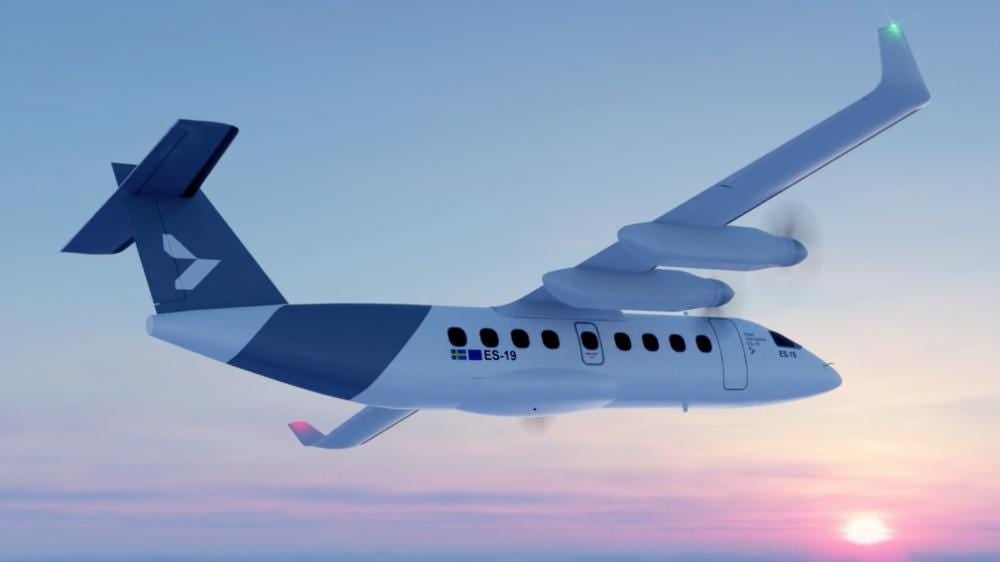
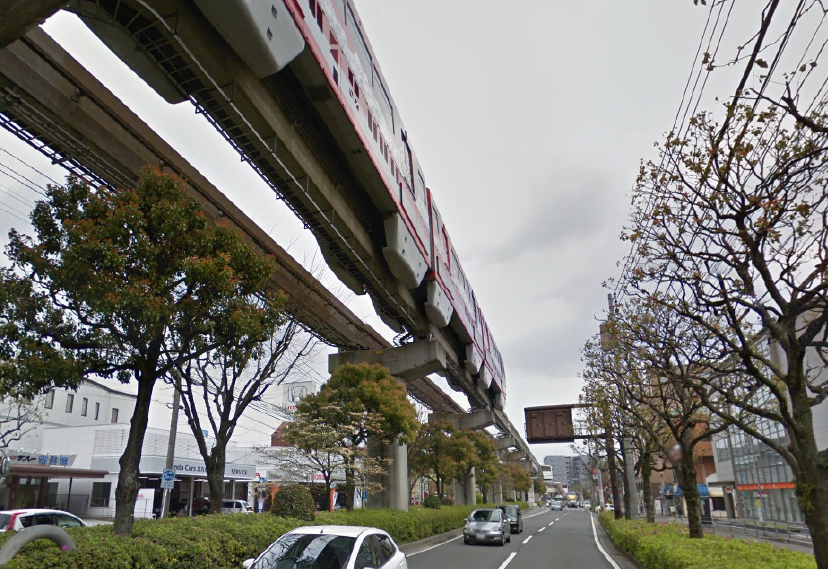
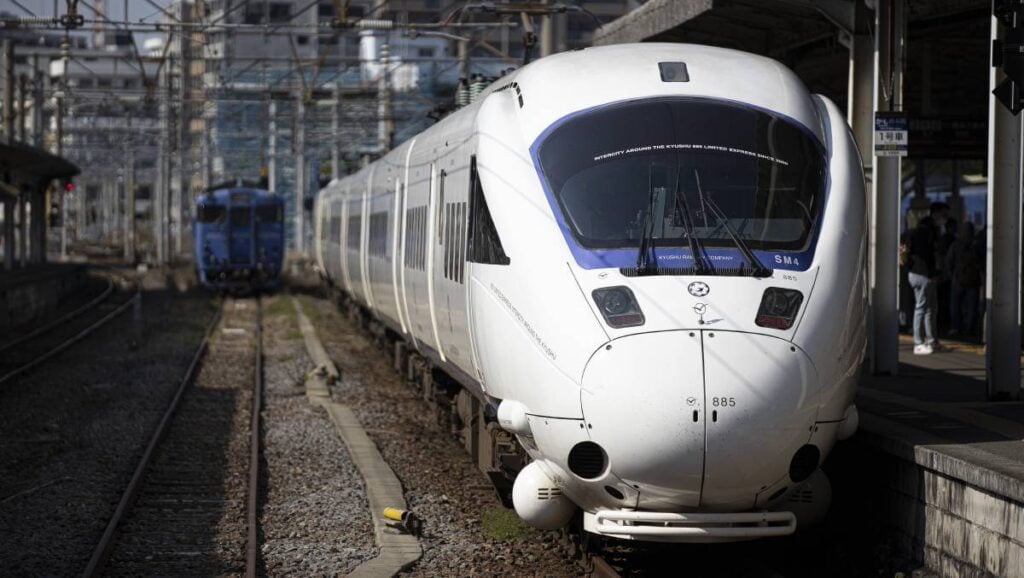
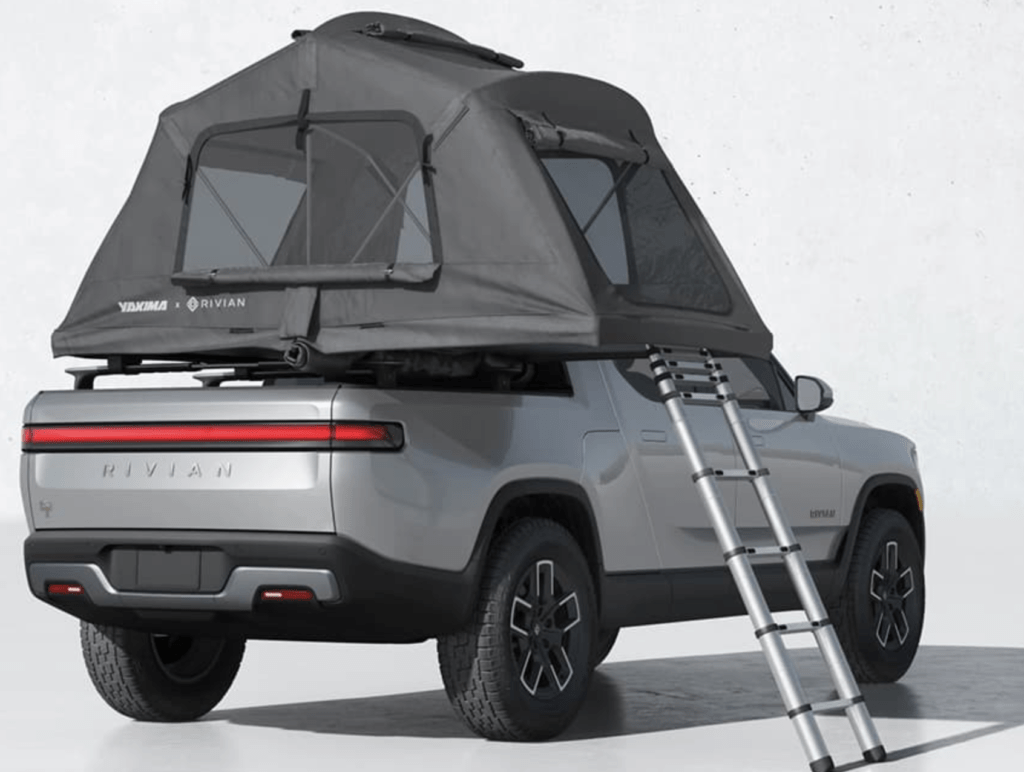
References
- Aurizon Rail – Rail vs. road freight calculator.
- Democrats – 2021 budget comments
- Going off-road: Policy shift needed to get freight on rail (Rail Page)
- Australian Railway Association
- Consolidated Land and Rail Australia Pty Ltd (CLARA)
- Australia’s fuel stockpile is perilously low, and it may be too late for a refill (The Conversation, 2018)
- Australian taxpayers could save $7.8bn a year if diesel fuel rebates scheme was wound back (The Guardian, May 2021)
- PTUA – Myth: Freeways are cheap, and public transport expensive.
- ‘Woefully dirty’: government accused over Australia’s failure to cut vehicle emissions (Guardian, 2019)
- Electric vehicle taxes not needed to offset falling fuel excise revenue (The Age, June 2021)
- Federal Chamber of Automotive Industries – Road User Charging (May 2021)
- Liquid fuel security: a quick guide–May 2020 update (APH, May 2020)
- Early days for Australian synthetic fuels (9 Finance, 2011)
- Bio-aviation Fuel: A Comprehensive Review and Analysis of the Supply Chain Components (Frontiers in energy research, July 2020)
- Parliamentary select committee into Electric Vehicles (APH, 2017)
- The electric car revolution putting Australia and the rest of the world to shame (The Age, October 2022)
- Hydrogen cars won’t overtake electric vehicles because they’re hampered by the laws of science (The Conversation, June 2020)
- Melbourne Suburban Rail Loop is not good value for money (The Age, Oct 2021)
- Blue-sky thinking: net-zero aviation is more than a flight of fantasy (The Conversation, Dec 2021)
- Fortescue buys battery-powered trains (The Age, Jan 2022)
- Wildlife bridges over highways make animals—and people—safer. 85% to 95% reduction in deaths (National Geographic, Apr 2019)
- Predator-Prey Interactions at Wildlife Crossing Structures: Myth and Reality (ResearchGate, Caldwell & Klip, Dec 2019)
- Hydrogen vehicle plant fuels hope of Melbourne manufacturing revival (The Age, Jan 2022)
- Sales of EV’s triple to 2.39% in 2021 from 0.78% in 2020 (The Age, Jan 2022)
- Slow train coming: Regional fast rail projects hit the buffers (The Age, Feb 2022)
- Push for eastern seaboard truck corridor to go green with hydrogen (SMH, Mar 2022)
- The Big Switch: Australia’s Electric Future (Saul Griffith, Feb 2022)
- Bicycle Network – 2022 Election Platform

